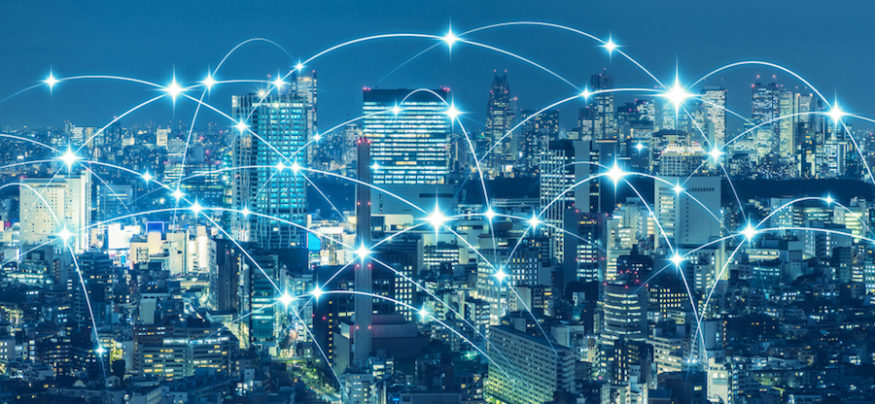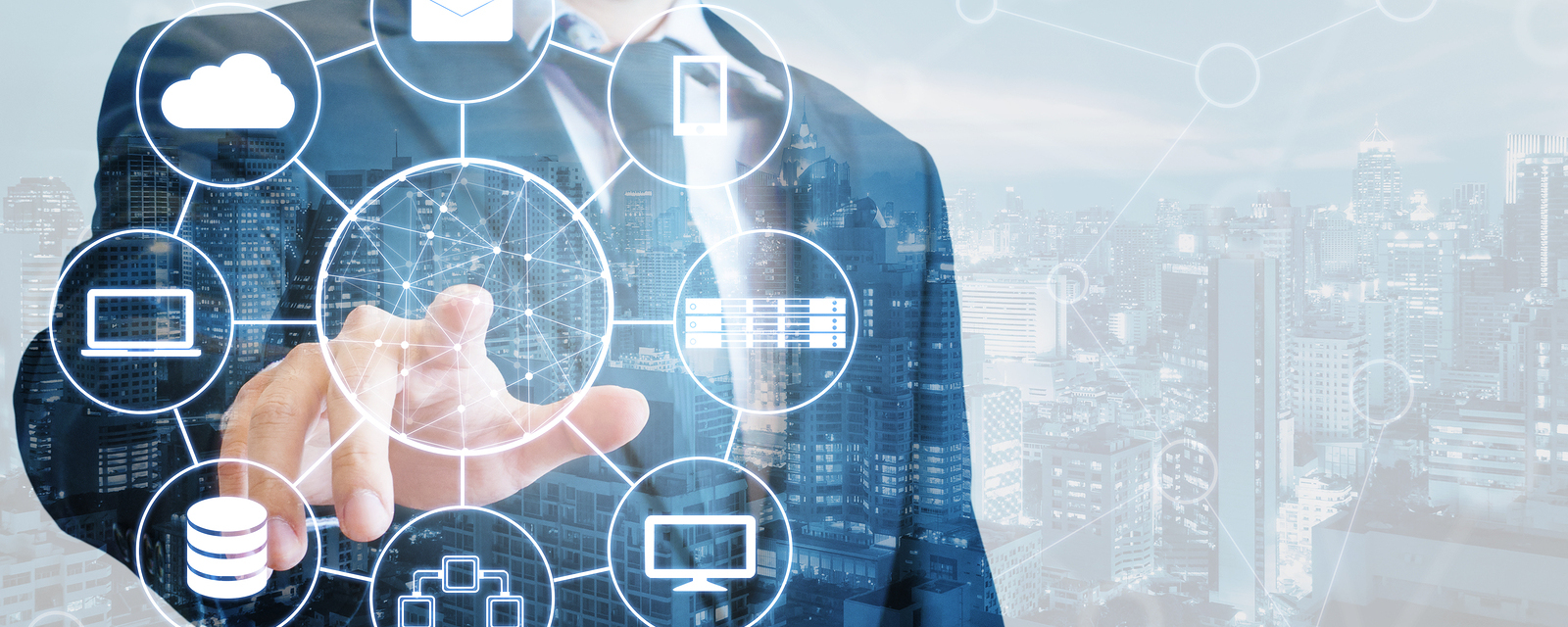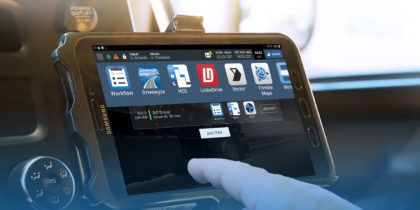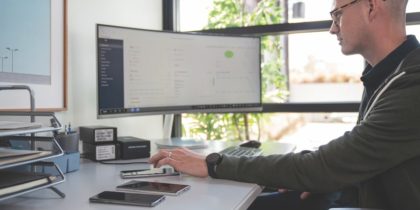With digital transformation well underway, connected devices now surround us — from the smart home to the smart car. However, despite the rapid emergence of IoT technology, Tamara Dull, director of emerging technologies at SAS, discussed with Samsung Business Insights how there are a few areas that must be addressed for IoT to succeed.
Q: What do you think are the biggest challenges with IoT technology, especially for enterprises?
Dull: I boil it down to what I call the three Ss: security, standards and skills. I have a firm belief that if we do not nail these three things, it’s game over for IoT.
Q: That’s a serious call-to-action for enterprises to get it right. What advice do you have on how they should go about making sure they’ve covered their bases in those areas?
Dull: My advice on these three areas is, don’t bring the discussion along after you get started. First, you need to be solving a business problem with IoT. Then, if you decide that IoT technology can solve that business problem, one of the first discussions you’re going to have is what you are going to do about security. If we cannot secure the data we are collecting, then we have no business collecting it in the first place.
When it comes to standards, the question isn’t whether there are standards — there are lots of standards for IoT. Some of them are highly developed. Some of them are conflicting. Some of them are overlapping. What a company needs to do is decide which standards they are going to follow, and that is very tricky because we, as a society, are still figuring out what’s going to win.
The last area is skills. The IoT skills problem is not just a technology issue — making sure you have enough programmers. There is also the business side and human element of it as well. You have to make sure that you have those skills and if you don’t have them in-house then you need to go outside and get that extra support, whether it’s from third-party service providers or consultants who are working in that space. Everyone is still trying to figure it out though, so there’s no silver lining answer out there right now.
Q: Aside from getting the three Ss right, what other advice do you have for business leaders interested in IoT technology?
Dull: I’m going to sound like a broken record, but you have to have a business problem. If you don’t have a business problem, don’t do it. It’s just too much energy and it’s going to be very disruptive with no ROI on it. IoT is not a final solution. It’s very horizontal and impacts the entire ecosystem.
Solve Enterprise Problems with IoT
Watch this video to learn what enterprise IoT initiatives require to succeed. Download Now
The other thing you need to have is executive sponsorship. If you have a small sandbox project or a pilot project, even if your project is successful, if you don’t have that executive buy-in it won’t be supporting corporate goals and strategies so it’s not going to get you anywhere.
Q: How do government policies affect the development and implementation of IoT?
Dull: I’m under the belief that IoT is going to need more regulations in order to account for the proliferation of new devices and to keep people safe. I think that the only way we are going to succeed as a society, whether it’s just the United States or globally, is that we’re going to have to have new regulations to keep pace with the technology. There are some great minds around the world and Europe is leading the charge on this whole effort.
Q: To wrap up, in 10 years, what do you think some of the biggest impacts of IoT and digital transformation will be on the world?
Dull: First, I think we’re going to be a lot more voice activated. I also think that there are going to be a lot more machines doing some of the thinking. Machine learning and AI are going to be at the forefront. And I’m hoping that in 10 years the discussion of interoperability will be a non-issue because the standards and regulations will be in place.
I’m also keeping my eye on the blockchain discussion and how it’s going to be impacting IoT. How it’s going to do that I’m still not 100 percent sure, but it’s going to be one of my research projects for this year.
Finally, I think that while we’ve tackled and conquered data storage, we still need to figure out where we are going to process this data. Traditionally, we’ve had data centers on-premise, but now that’s shifted to the cloud. We also have edge/fog computing. So where is all this processing going to happen with the data so that we have the instantaneous answers that we need? I think 5G will be important — allowing data to be processed and moved around much quicker than it is today.
Get more insights from Tamara Dull on digital transformation and IoT as well as from Maribel Lopez, founder of Lopez Research, on Samsung’s podcast, Business Disrupted, Episode 2: The Internet of Things.








